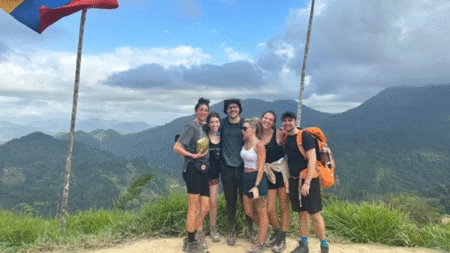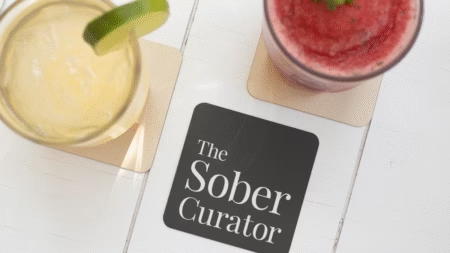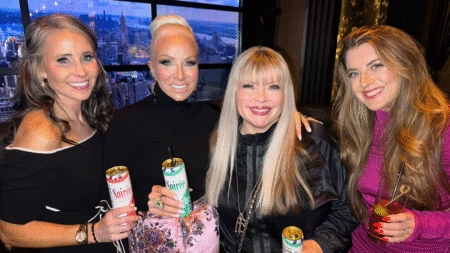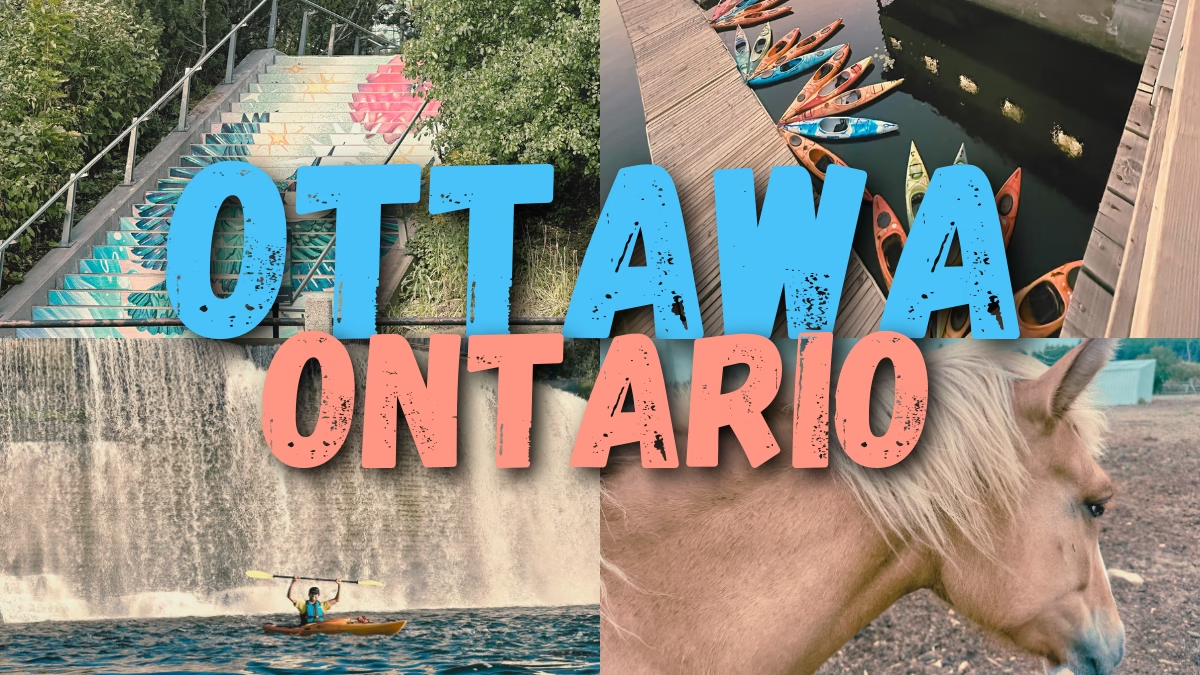
During my recent trip to Ottawa, several people told me that Canada’s capital city has a reputation for being boring. But it was just the kind of boring I like — clean, polite, with lots of nature and museums rather than a huge party scene. Sign me up for boring!
Ottawa is in southeastern Ontario, right across the Ottawa River from Quebec. Walk across a short bridge and suddenly all the signs are in French. Ottawa has the impressive accoutrements of a great capital, such as sandstone and slate Parliament buildings towering in their Neo-Gothic style, and more than 131 embassies and high commissions representing nations around the world. However, you still come across that infamous Ontario versus Quebec tension. As one of my drivers pointed out, it’s no coincidence that Quebec built a giant toilet paper factory across the river from Parliament Hill.
Interprovincial beefs aside, people on both sides of the river were friendly and welcoming during my four-night stay in Ottawa. It was clean, easy to get around and there were plenty of interesting things to do.
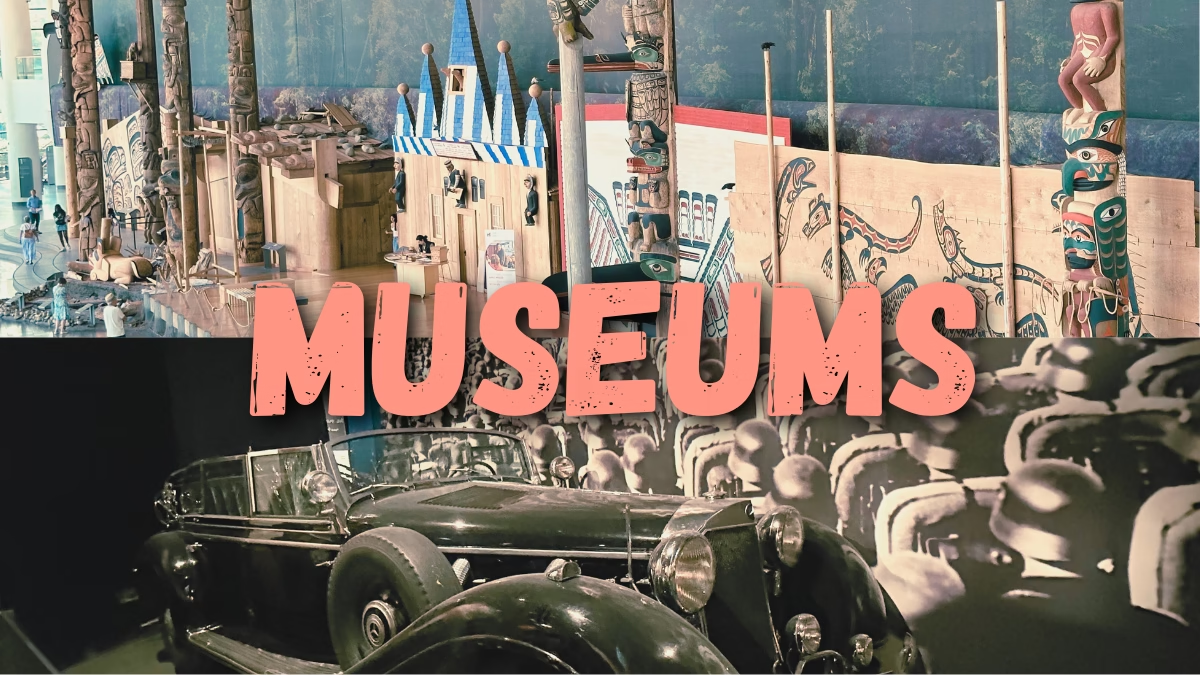
Ottawa Museums
Being the capital, Ottawa has some of Canada’s most excellent museums. Since it was summer, I wanted to be outside, but I made a few quick visits. I stopped by the ginormous Canadian Museum of History to admire its totem pole collection. At the Canadian Museum of Nature, I walked through a special immersive exhibition based on French author Jean Giono’s 1953 book “The Man Who Planted Trees.” You wear headphones while videos play out on the wall. The story starts with the world in a terrifying state of desertification. But one man saves the world by planting a gazillion trees. The point of the story is that we can all make a difference. Though watching a little kid view the desertification video gave me flashbacks to my childhood nuclear fears.
My longest museum visit, surprisingly, was at the Canadian War Museum. I learned about Canada’s part in the Boer War and its attempt to protect Hong Kong in World War II. After an hour or so I got warred out, and felt a bit panicky trying to find an exit in that labyrinthine museum with tanks and artillery at every turn.
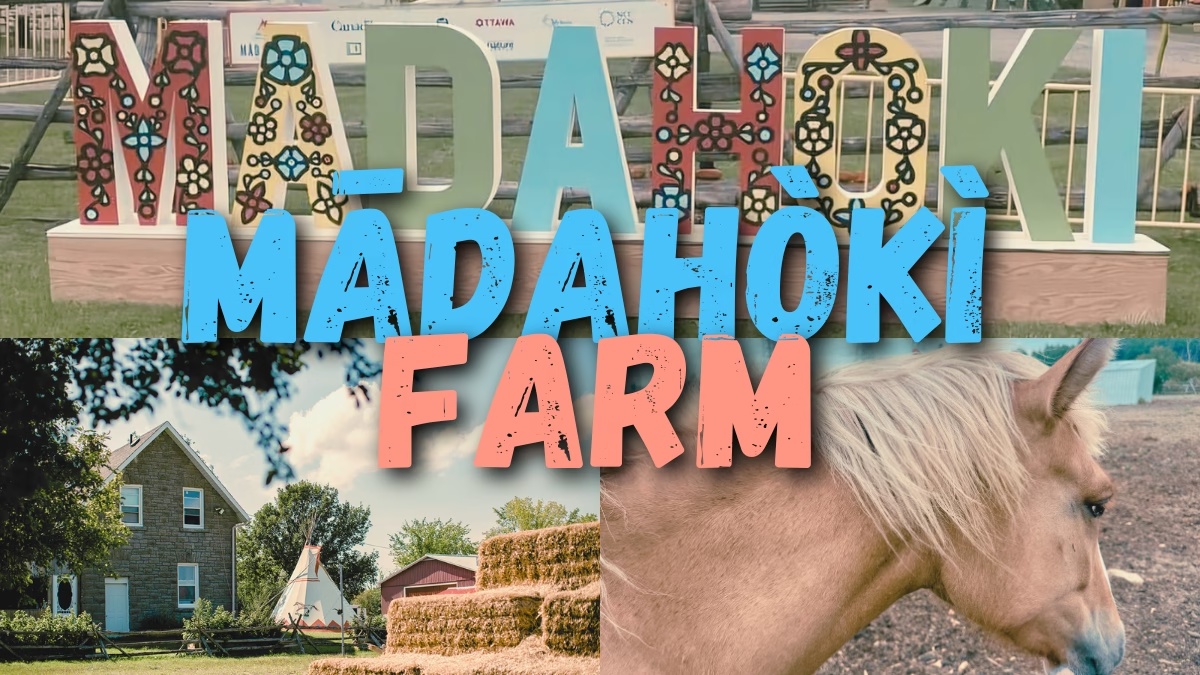
Indigenous Experiences at Mādahòkì Farm
For a different perspective, I visited Mādahòkì Farm on the outskirts of Ottawa. Stephanie Sarazin, who is Algonquin from Pikwakanagan, has been working to educate people on Indigenous experiences for almost 20 years. She introduced me to the herd of small, stocky Ojibwe spirit horses and told me their comeback story. “In 1974 there were four mares left remaining after the colonization of Canada. Kind of like Indigenous people. These guys were displaced from their home, their natural habitat, their natural diets and their usual ways of life.” The mares mated with wild Mustangs and continued their line.
Visitors can watch the horses from outside the paddock, like I did, or sign up for an equine-assisted learning experience. The horses are a bit like lie detectors, Stephanie tells me. A person might say they’re doing fine, but when they touch the horse, the horse knows when they’re lying. “So I’m not saying we’re therapists or anything of the sort, but we try to help people with the help of our horse partners,” Stephanie explains as a lovely brown horse named Eclipse comes up and lets me pet her face. In First Nations stories, Ojibwe spirits have been helping humans since time immemorial.
I’m kind of hung up on the horses because they are so beautiful and fascinating. But there’s lots of other stuff to do at the farm. You can browse the Indigenous shop, see bunnies and pigs, and learn about structures that First Nations people built and lived in, such as teepees and wigwams. Stephanie’s mother Linda, an expert craftsperson, taught me to make a dreamcatcher.
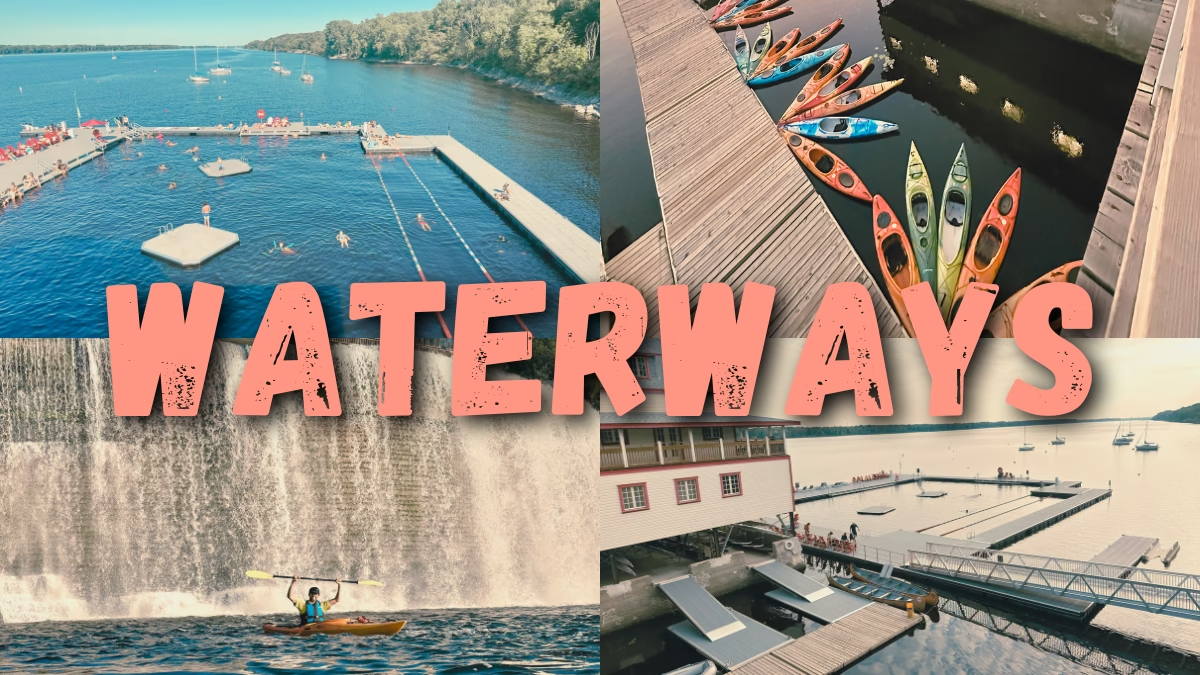
Fun on Ottawa’s Waterways
My second night in Ottawa, Grant Kowalsky of Escape Tours & Rentals gave me a private sunset kayak tour of the Ottawa River. Cruising upriver, we saw the French and British embassies and got up close to Rideau Falls, so named because the falls look like curtains. At the end of our trip, the sun set. “Even if it’s just one soul, to see a sunset like we have in front of us here, that’s the goal,” Grant said. “If I can get somebody out on the water to see this little piece of a hidden gem in the world, that’s what I’d like.”
Near the beautiful century-old NCC River House — which used to belong to a private club and is now open to the public for swimming, changing clothes, launching kayaks and hanging out watching the river — I returned the next morning to take a solo swim. Floating docks section off a rectangle of river. The setup includes two 25-meter lanes for people who want to lap swim, and then a big pool to play in, complete with two swim-up platforms. The water was dark and a pleasant temperature in the low 70s.
The Rideau Canal is one of Ottawa’s most important features. Built between 1826 and 1832, the 126-mile canal reaches from Kingston to Ottawa, and was designed to keep British supply ships as far as possible from the U.S. border. Now people use the footpath for commuting and exercise. I took the very popular canal cruise on a slow-moving boat full of tourists. Our tour guide, Lilly Melrose, was a vivacious University of Ottawa nursing student who pointed out embassies and shared the canal’s history. In the winter, the city drains the canal down to three feet so that the water freezes. Then it’s open for ice skating! Most of the locals I met try to skate on the canal at least a couple of times each winter.
One more unusual way to enjoy the Ottawa River: zipline over it. At Interzip, you can zipline between Ontario and Quebec on the world’s only interprovincial zipline. It will take you longer to gear up than to fly across the river, but it’s fun to take in the views as you glide into Quebec.
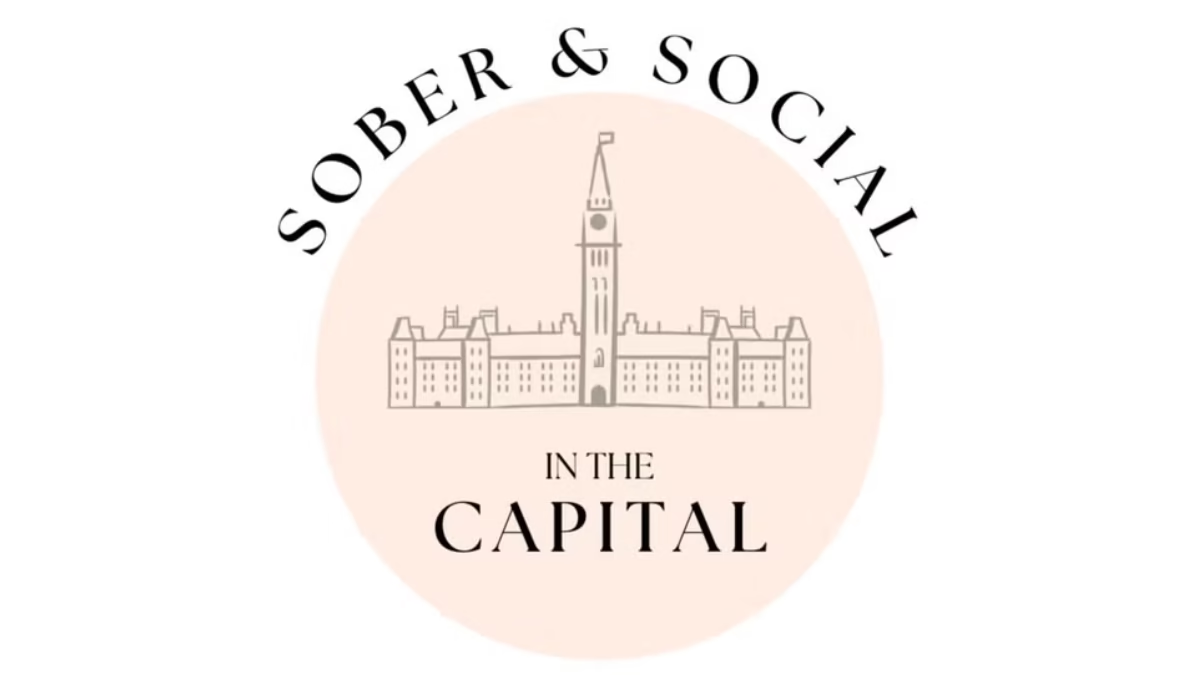
Sober and Social in the Capital
“One of the big reasons I developed a drinking problem was because of social anxiety,” Kristina Lennie told me over coffee at a café in the ByWard Market neighborhood. “When I drink, I’m not anxious in the moment. I am afterwards.”
As she experimented with sobriety, she found herself lonely. All her friends drank. One day she was scrolling through Instagram and found a woman who’d started sober meetups in another city. “I was just like, you know what? Why am I waiting here for someone else to start doing something like this? If this girl can do it, I can do it.” And so Sober and Social in the Capital was born.
Kristina organized a paint-and-sip night. It sold out at 25 people, and she got a Canadian nonalcoholic beer brand to sponsor it. “Clearly, there’s an interest for this kind of thing,” she said. “And it ended up being super successful.”
But then she drank. Now she’s sober again and considering her next event. I only mention all this personal stuff here because it’s a common pitfall for people who struggle with moderating their drinking. While she would encourage someone with less-than-perfect sobriety to attend her event, she, like many of us, is hard on herself. I’m hoping she gives herself the same grace she’d give to others, and shares her much-needed gift with the people of Ottawa. More events, please, Kristina! And readers, please give yourself that grace, too. When you disappoint yourself, get back up, brush yourself off and share your light with the world again.
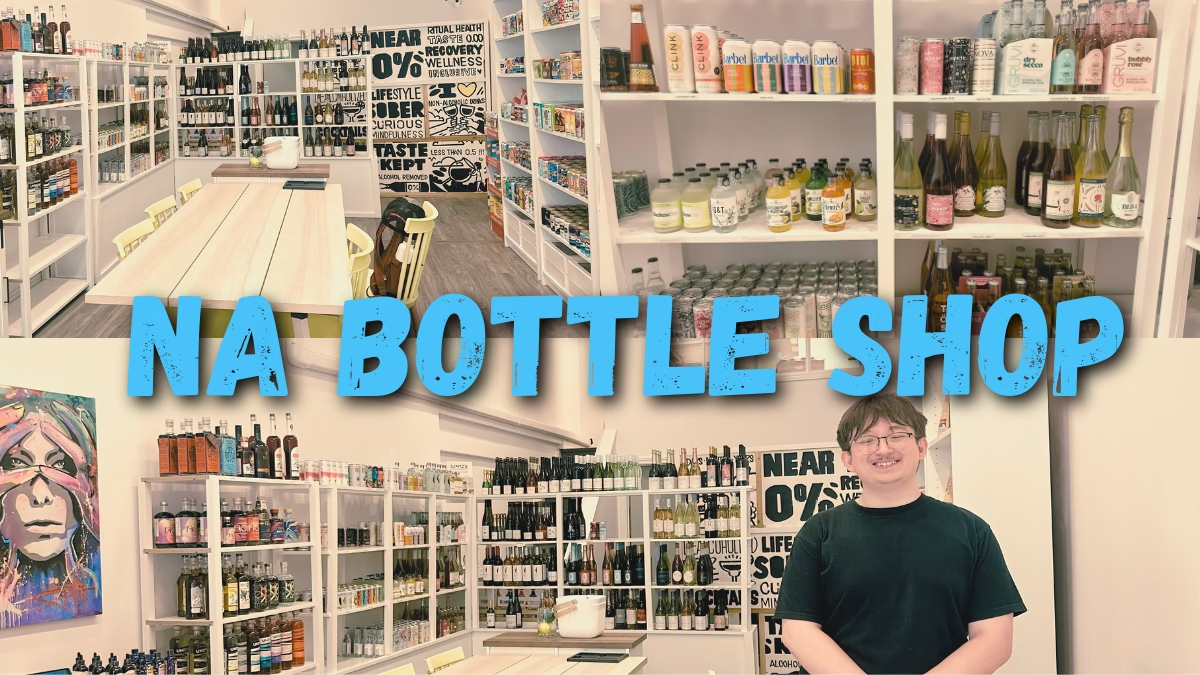
Knyota, Ottawa’s NA Bottle Shop
Edin Aliji started working at Knyota, Ottawa’s nonalcoholic bottle shop, because he was a college student who needed a job. Now that he’s been working at Knyota for a couple of years, he has lots of insight into people who buy NA products and the industry in general. “I didn’t realize how important the ritual of having a beverage was for people,” he told me. I stopped by the small, well-stocked store unannounced, and Edin graciously let me interview him. “I always thought like oh, well, if you’re not drinking, you can just have a soda or something like that. But then you realize sometimes people want something that actually tastes interesting and feels complicated.”
Shop owner Benson Mutalemwa opened the shop because NA beverages were usually relegated to dark corners, Edin told me. “He has a background in finance. Of course this was really a big change for him and a lot of people thought he was kind of crazy. But it’s been going pretty well so far.”
“Knyota” is a Swahili word that means little star. “In this case, it’s a little star like an asterisk,” Edin said. “So, a reminder. For us, it’s the reminder to meet people where they are at in terms of their sober curiosity and drinking journey. And just kind of accepting that and providing a space for everyone where they feel that they can be included.”
The shop offers many Canadian brands, plus products from farther afield. Edin gave me a tour of some favorites, such as ONES+ wines out of Okanagan, B.C., Perth Play from Perth Brewery in eastern Ontario, and fancy sparkling water from Toronto-based Barbet.
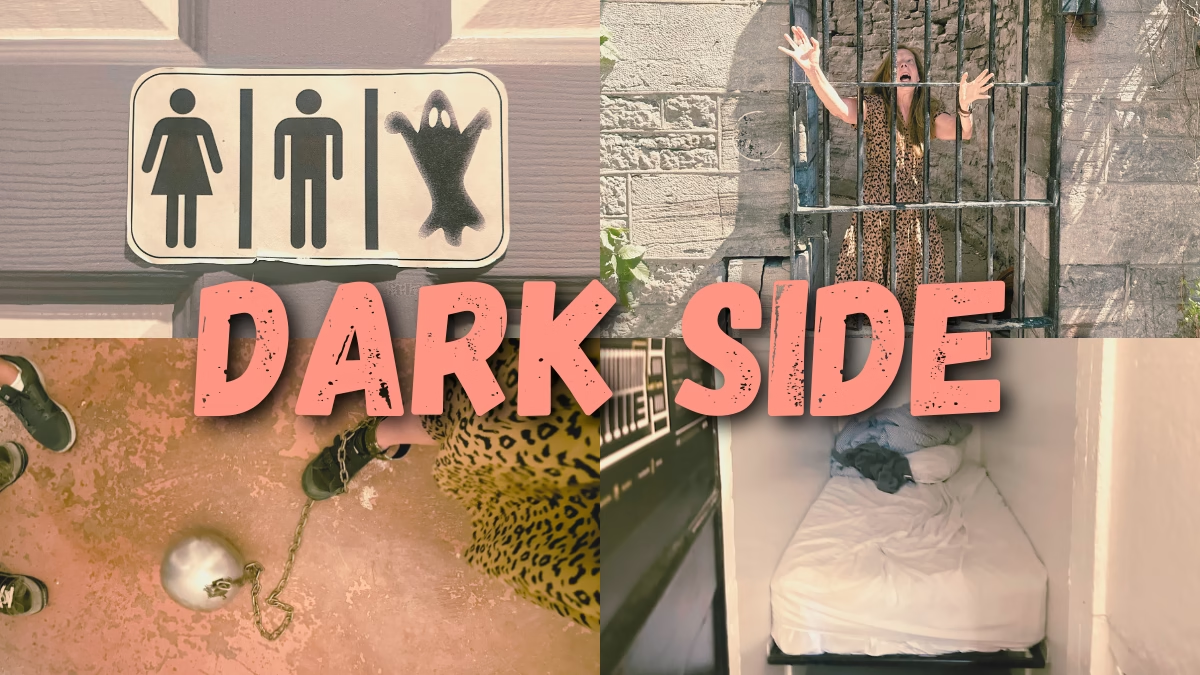
The dark side
Like all people in recovery, I’m no stranger to life’s dark side. And I enjoy visiting macabre sites. So I was excited to learn that Ottawa has a creepy old prison that is now a hostel — and it offers tours!
Simon Seline led my 90-minute tour of Saintlo Ottawa Jail Hostel, which imprisoned Canadians from 1862-1972. He lavished us with gory details. It was a hot day and his tour was uncharacteristically large at 30+ people. As we stood packed and sweating in a stairwell, looking out the window at a noose, I felt like I was going to pass out. Was it heat, claustrophobia, or creepy, creepy ghosts?
Interestingly, the oldest and youngest prisoners were both locked up for alcohol-related offenses. Two brothers, ages seven and eight, served four and a half years for murdering their alcoholic stepfather. I’d be surprised if they didn’t have good reason. The oldest prisoner, Robert Brown, served four days for drunkenness at the age of 87.
If your soul is even darker than mine, you can pay 80 Canadian dollars to stay in a 3-foot-by-9-foot windowless cell. Just big enough for you, your suitcase and about 100 ghosts.
I learned about a few more ghosts from Daniella Bell of The Haunted Walk. On our lantern-lit tour of downtown Ottawa, she pointed out two haunted schools, one with a stern ghost named Miss Eliza who supervised the student teachers.
What was the creepiest thing I saw in Ottawa? That’s probably a tie between the old jail gallows and Hitler’s parade car, which wound up at the war museum. The armored black Mercedes convertible emanated evil vibes.
Eating and sleeping
Instead of sleeping in jail, I stayed at the much more upscale Lord Elgin Hotel, which was built in 1941 as Ottawa busily prepared for World War II. Canada’s capital city needed a nicer place to stay, and the Lord Elgin still is.
I ate a lot of excellent food in Ottawa. Some standouts were the vegan thali at Thali Coconut Lagoon, which served some of the best Indian food I’ve ever had. At the busy vegetarian buffet The Green Door, friendly locals Paulette, Michelle and service dog Tucker (who likes green beans) shared their table with me.
At Peace Garden, I met Pushparani Piner, a partner in the restaurant and a follower of Sri Chinmoy. Devotees of this Indian spiritual teacher are serious about fitness, health and meditation, so they’re vegetarian and they don’t drink. Just like me! “We’re just happy to have a place that’s positive and peaceful,” Pushparani told me of the restaurant where she’s worked for 30 years. “And it’s tangibly felt by most people.”
Astoria Bistro Botanique on the Quebec side of the river had an especially impressive mocktail menu. The staff make many syrups in-house. “Our owner has a one-year-old baby and she was really into mixology,” restaurant manager Lana Pacheco told me while I awaited my excellent bean burger and fries. “So when she was pregnant, she took all that passion and drove it into mocktails.” Expect at least four mocktails on the menu, plus a special of the day.
Planning your trip to Ottawa
I spent four nights in Ottawa, packing in as much learning and sightseeing as I could. I walked a lot — up to 30,000 steps a day — in 90-degree August weather. But if you’re planning a trip, keep in mind that such blazing temperatures happen in summer only. Ottawa is the world’s seventh-coldest national capital (after the capitals of Mongolia, Kazakhstan, Russia, Finland, Iceland and Estonia). As tour guide Simon Seline put it, “The first three words of every Canadian child are, ‘Fuck, it’s cold.’”
If you like warmer weather, your best bet is visiting between May and September, when the average high is above 60 degrees. More into ice skating? You’ll love Ottawa in winter.
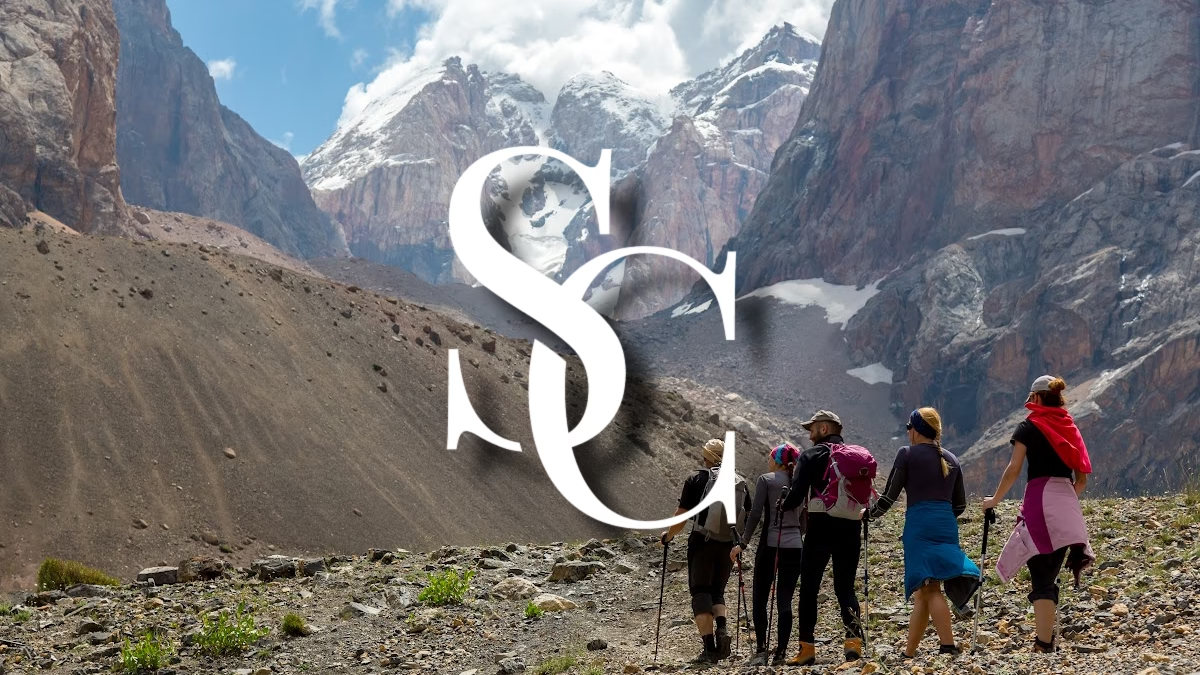
SOBER RETREATS: with Senior Travel Sober Curator Contributor Teresa Bergen is your go-to space for alcohol-free travel tips, insider guides, and honest reviews from a sober perspective. Teresa blends her passions—animals, wildlife conservation, sustainability, geography, culture, outdoor adventure, and yoga—into enriching travel stories that inspire mindful exploration. From kayaking and hiking to visiting historic cemeteries and sacred spaces, she uncovers the beauty where history, art, and spirituality meet.
Planning a sober retreat? Fill out our Sober Retreats Form or email Teresa at Teresa.Bergen@gmail.com with your retreat name, dates, cost, URL, and a horizontal, high-res image for our calendar listing. Sober Events more your style? Click HERE.
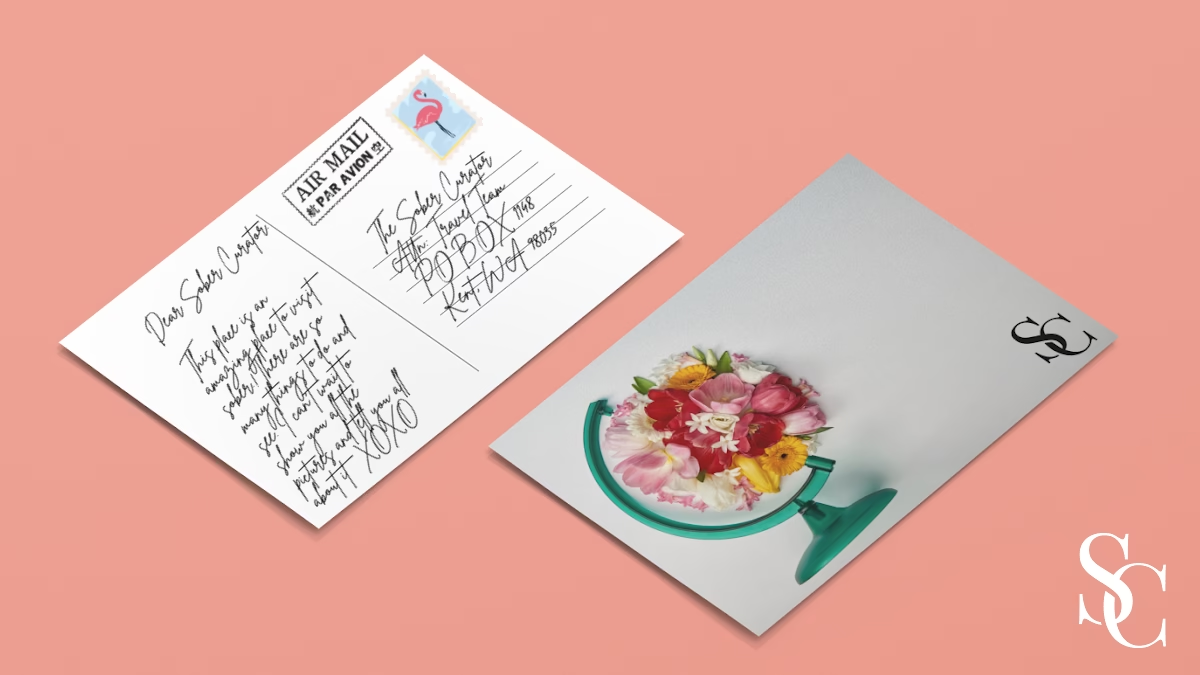
✈️ Sober Adventures Wanted! 🏞️
Have you taken a trip without the booze but with all the epic vibes? Did you hike majestic trails, sip fancy mocktails poolside, or just find a quiet corner of the world where your soul could exhale? We want the juicy details (and the jaw-dropping pics)! The Sober Curator is putting together the ultimate sober travel guide—and your story could be the highlight.
Send us a postcard!
(And by that we mean… save the stamp and shoot us an email. We’re cool like that.)
You’ve got mail from The Sober Curator

Resources Are Available
If you or someone you know is experiencing difficulties surrounding alcoholism, addiction, or mental illness, please reach out and ask for help. People everywhere can and want to help; you just have to know where to look. And continue to look until you find what works for you. Click here for a list of regional and national resources.




